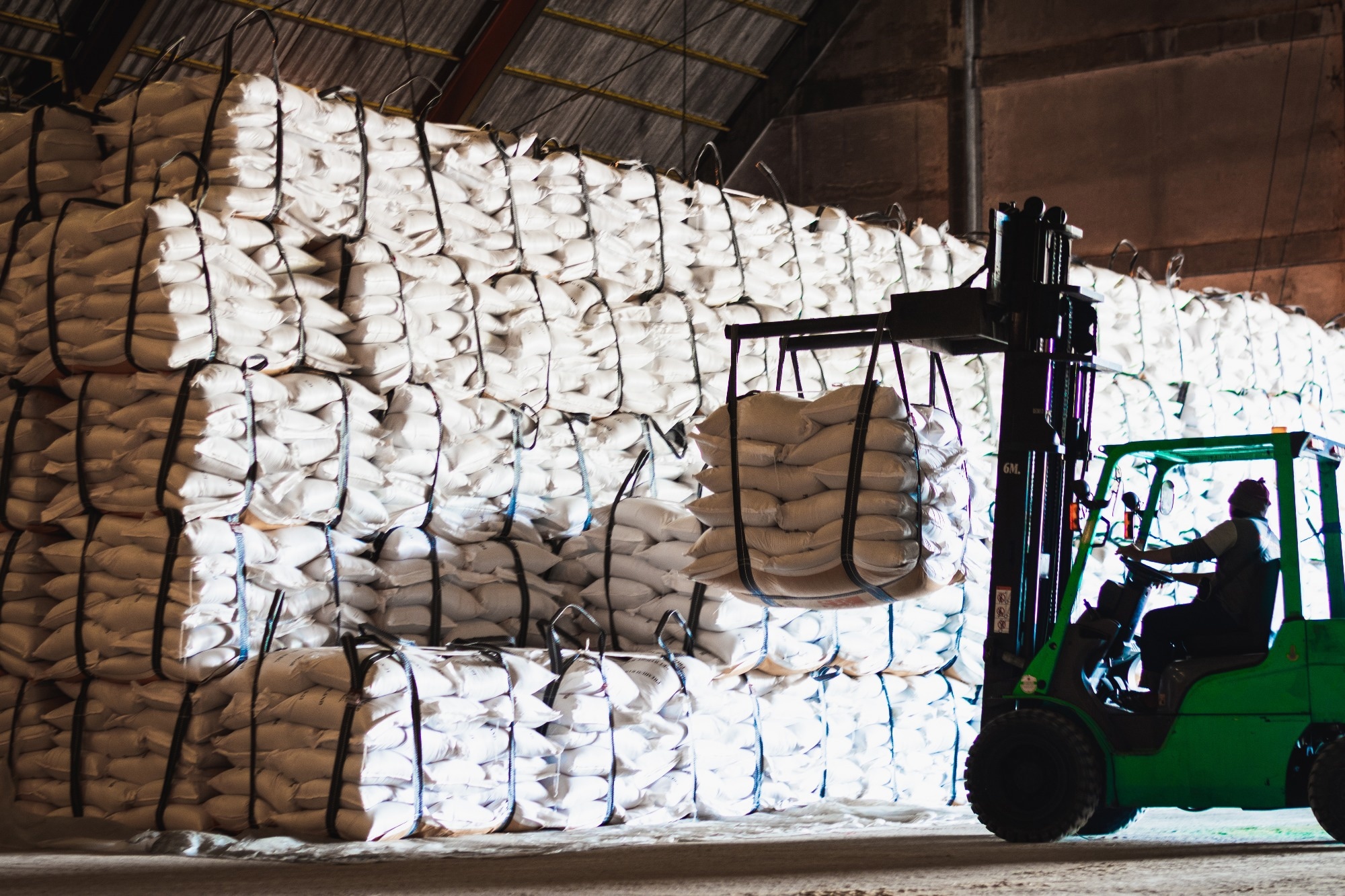In an article published in the journal Scientific Reports, researchers from Austria presented an analytical method to estimate the performance of robotic compact storage and retrieval systems (RCS/RS), which are modern and efficient storage systems that use robots to transport containers stacked on a grid. They considered different grid sizes, stack heights, and operation modes and compared the analytical results with a discrete event simulation model.
 Study: Analytical Estimation of Robotic Compact Storage and Retrieval System Performance. Image credit: Mr. Kosal/Shutterstock
Study: Analytical Estimation of Robotic Compact Storage and Retrieval System Performance. Image credit: Mr. Kosal/Shutterstock
Background
RCS/RS are fully automatic storage systems that use robots to store and retrieve small goods in standardized containers stacked on each other. The containers are arranged in a block layout and accessed from the top by the robots which move along the grid. The storage and retrieval are done through input/output (I/O) shafts with picking stations at the grid edges. The advantages of RCS/RS are high storage density, low space utilization, high reliability, modularity, and flexibility. It can operate in single or dual command cycles, with or without return relocations.
A single command cycle (SCC) involves a separate storage or retrieval operation, while a dual command cycle (DCC) combines a storage and a retrieval operation to reduce the number of empty runs. A return relocation (RR) is the process of moving back the containers that were relocated to access the required containers to their original stacks. The performance of RCS/RS depends on the cycle time of the robots, which is influenced by various factors, such as the travel distance, the transfer time, the picking time, and the relocation probability.
About the Research
In the present paper, the authors developed an innovative approach to calculate the cycle time of one robot operating in an RCS/RS with different system configurations and parameters. The analytical technique is based on existing cycle time models (CTM) for similar storage systems, such as automatic storage and retrieval systems (AS/RS) or shuttle-based storage and retrieval systems (SBS/RS), and adapted for RCS/RS with stack heights up to a theoretically unlimited stacked container. It is easy and fast to implement with standard calculation programs and can be used to predict the performance of one robot for any system configuration.
The study considered four main components of the cycle time: the ride time, the transfer time, the time at the I/O shaft, and the relocation time. The ride time denoted the required time for the robot to travel along the grid, which depends on the robot’s velocity, acceleration, and distance to the destination. The transfer time indicates the time needed for the robot to lift or lower the container, which relies on the stack height, the container height, and the velocity of the lifting device. The time at the I/O shaft showed the time required for the robot to exchange the containers at the picking station, which changes with the locking and unlocking time of the claws. The relocation time denoted the time required for the robot to relocate the containers that block access to the required container, which varies with the relocation probability and the relocation strategy.
The authors assumed a ‘one path’ relocation strategy, meaning the robot relocates the containers to the nearest available stack along one of the four axes. They also considered a uniform distribution access of containers and a probabilistic storage height. Additionally, they derived analytical expressions for each component of the cycle time and combined them to obtain the total cycle time for different operation modes. Moreover, they proposed a discrete event simulation model of an RCS/RS to verify and validate the analytical approximations. The simulation model mimics the processes and logic of a real RCS/RS and uses the same input parameters as the analytical approach.
Research Findings
The authors compared the results of the analytical approach with the simulation model for various scenarios and parameters, such as the grid size, the stack height, the filling degree, and the operation mode. They found that the analytical method is accurate and reliable, with a very low relative approximation error for most cases. Moreover, they demonstrated that the analytical technique is consistent and robust.
The paper provided insights into the performance and design of RCS/RS based on the analytical approach. It concluded that the throughput of one robot decreased with increasing grid size and stack height as the travel distance and the relocation probability increased. Additionally, due to the shorter travel distance, a quadratic grid enabled a higher throughput than a rectangular grid for the same number of stacks. Moreover, the DCC mode enhanced the throughput compared to an SCC mode by reducing the number of empty runs. Furthermore, the RR mode reduced the throughput compared to a non-RR mode by increasing the number of relocations.
The newly proposed system holds potential for the design and operation of RCS/RS. It could aid in estimating the performance of one robot for any system configuration, facilitating the selection of optimal parameters and modes for various scenarios and objectives. The study established a benchmark for comparing different RCS/RS or similar storage systems, such as AS/RS or SBS/RS.
Conclusion
In summary, the novel approach is effective and efficient for measuring the cycle time of one robot operating in an RCS/RS with different grid sizes, stack heights, and operation modes. The authors compared the analytical results with a discrete event simulation model and found that the analytical approach is accurate, reliable, consistent, and robust.
Moreover, they contributed to the scientific literature on RCS/RS and similar storage systems and provided a useful tool for material handling and logistics practitioners. The researchers acknowledged limitations and challenges and suggested directions for future work, such as considering multiple robots, multiple I/O shafts, different storage and retrieval strategies, or different relocation strategies.